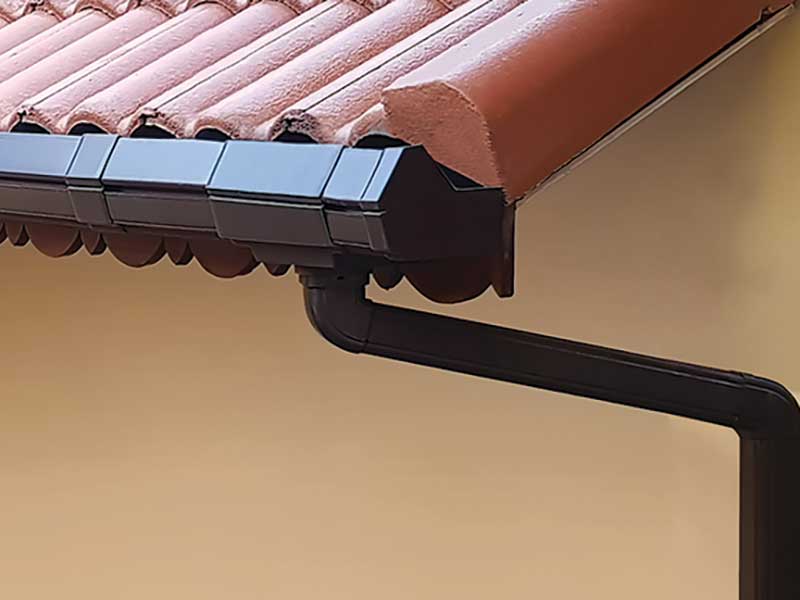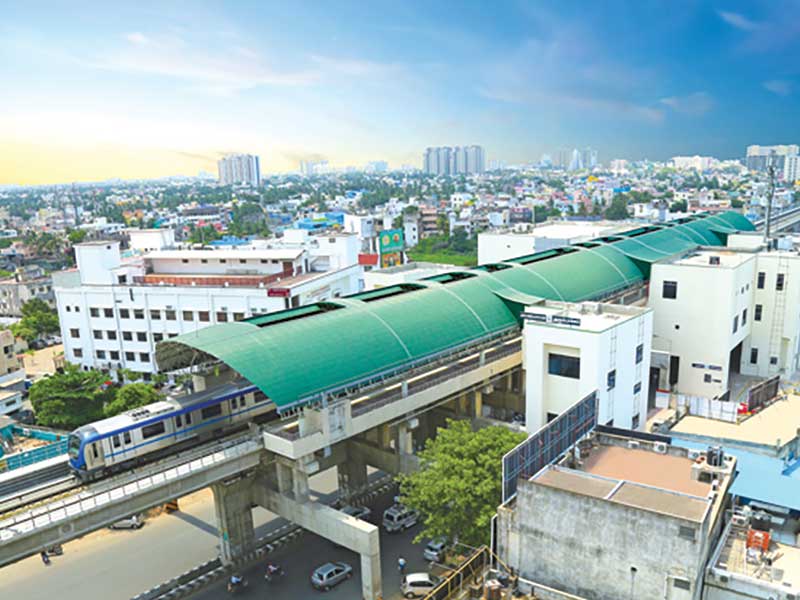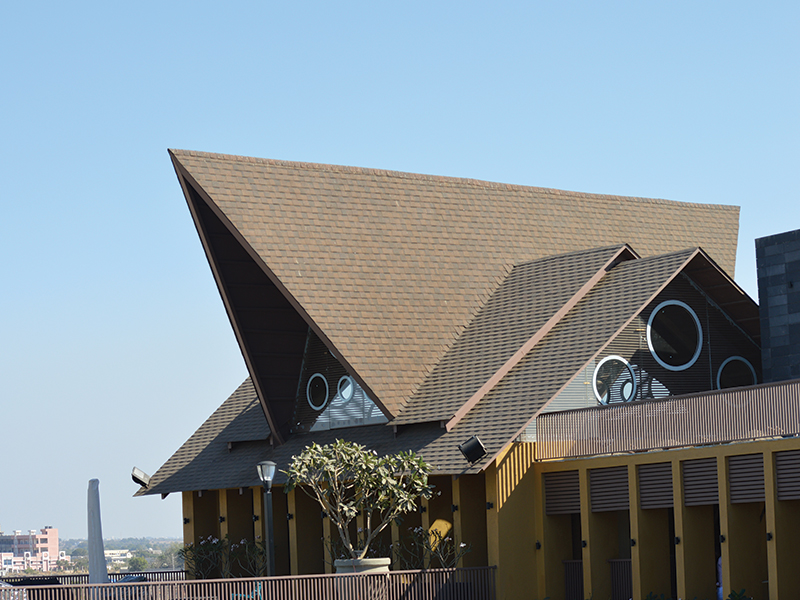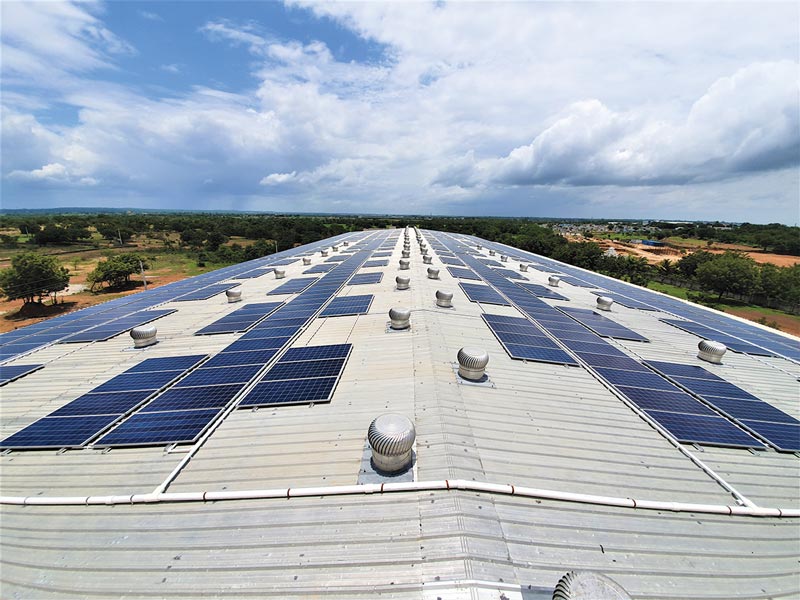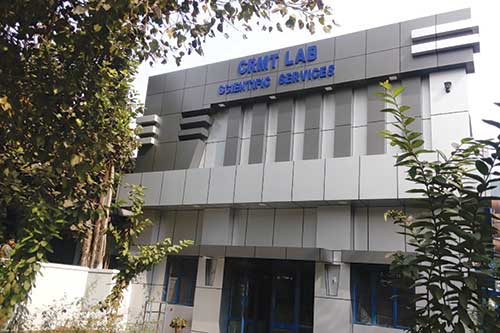Tensile Fabric Structures are a great example of some complex work being done to create something that looks deceptively simple. The best structures look both elegant and simple. It is the design and engineering of these structures that seems to be a combination of art and science and is sometimes neglected in some structures.
One aspect that is often under-estimated is the forces that are applied to these structures. A good analogy is to look at sailing boats. A relatively small sail area can move several tonnes of boat across the water at significant speed, so why do we often under-estimate the forces on "sail" structures? There are a number of forces on a tension structure.
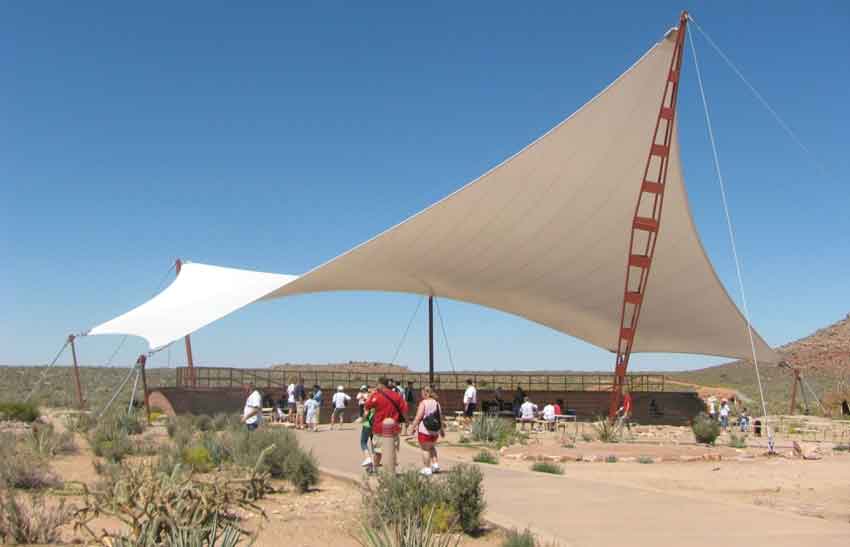
Firstly, there is the pre-stress, or tension that is applied to the fabric to form a tight skin. These forces are transferred from the fabric and cables to the attachment points and support structures. The pre-stress must be high enough to stretch the fabric to the point that there will not be slack in the fabric when the structure is loaded with wind and rain – and snow in some locations.
Determining the correct level of pre-stress requires some engineering input and some understanding of fabric construction and fabric behaviour. In some cases, structures are not given enough pre-stress to perform well over the life of the structure. You may think that simply tightening the fabric to remove all wrinkles is enough, but coated fabrics have some interesting patterns of behaviour.
The first time a coated fabric is placed under load it will stretch irreversibly. This stretch comes from two main areas. Firstly, the yarn used in the warp and weft generally has some twist in it to improve the tear strength and to reduce fibre damage in the weaving process. When placed under load (stress), some of this twist allows the yarn to stretch.
This yarn is then woven to form the base cloth. The weaving process places some crimping into the yarn. This is the second factor that allows some stretch. Some of this is crimp straightens out when the fabric is placed under load. If you do not apply enough pre-stress to your structure you may not have removed this stretch factor – and remember it is not stretch and recover, it is irreversible stretch.
Fabric manufacturers and engineers commission tests to measure the behaviour of the material under different loads. Tests are done that apply force to the fabric in both the warp and weft direction at the same time. These are called bi-axial tests because they measure the stretch of the fabric when force is applied in both directions. This simulates what happens when tension, wind or water loads are applied to the fabric surface. In these tests, the fabric is placed under load (stressed) and then allowed to relax. The load may be about 10% of the fabric's breaking load (or some other factor). The first loading stretches the fabric irreversibly. The second loading also stretches the fabric, the third loading stretches it even more. Generally, the fabrics go through a series of at least three cycles of loading and relaxing before there is any repetitive behaviour in the stretch under load.
Why is this important? That initial loading during installation may not be enough to remove all of that stretch. How often have you had to go back and re-tension an installation?
We apply pre-stress to tension the structure, but it then has to deal with environmental factors such as wind, rain and temperature variation. These factors place additional load on the structure and are again trying to stretch the fabric.
If the fabric stretches significantly you will risk flapping or ponding. Flapping of loose fabric will rapidly transfer forces to the fabric attachment points (corners) and there is risk of material failure near the attachment point. Ponding of rainwater on the surface will place ever increasing loads on the material. This can stretch the fabric to the point of failure, or can place dangerous loads on the cables and other structural components. Insufficient pre-stress can be a contributing factor to the risk of ponding or flapping.
This is why engineers earn their money – they have to take into account the shape of the structure and how this influences the transfer of forces to the supporting structure. They have to understand how the fabric will behave under various load conditions. They assess wind loads that will generate sideways, downwards or upwards forces on the structure. This will influence the selection of the strength of fabric, cable sizes, post sizes, footings, etc.
There is a growing demand for fabric structures. They are very compatible with our outdoor life style. They provide shelter from sun and rain and can transform an outdoor area into something special. We are fortunate to contribute to public amenity with these structures. One of our responsibilities as an industry is to design, construct and install them in a safe and professional manner.






